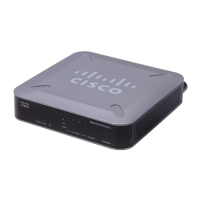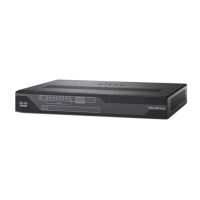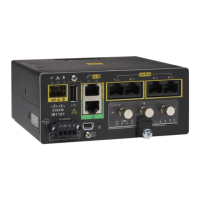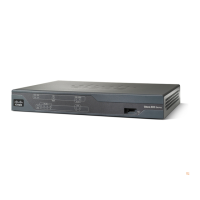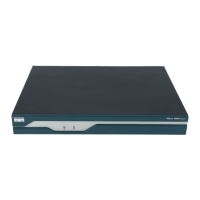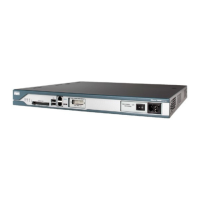throughput of the CGSE card for the last 1 second and the last 5 minutes can be seen by using the show cgn
utilization throughput command.
Considerations
Some of the considerations of the throughput measurement feature are as follows:
•
The traffic processed by CGSE is measured in terms of bits per second and packets per second for the
last 1 second as well as the last 5 minutes.
•
The throughput measurement is done of rthe traffic coming into CGSE, either from Inside-to-Outside
direction or from Outside-to-Inside direction.
High Availability on the Data Path Service Virtual Interface (SVI)
The CGSE already supports high availability tests to detect failures within specific CPU cores (the
service-plim-ha core-to-core test) so that an alert is generated if one or more CPU cores of a CGSE card should
fail. If configured, the CGSE card goes for a reload and traffic is diverted to standby (or other active cards
depending on the configuration) upon detecting any core failures. The CGSE already supports similar test to
confirm the integrity of the packet path by sending test packets via ServiceInfra interface (the service-plim-ha
data-path test). The card can configured to reload upon failure of this test as well.
However, till now, there were no test mechanism to confirm the integrity of path via ServiceApp interfaces
(which bring in and send out subscriber traffic). With this release, a test mechanism has been added for
ServiceApp interfaces configured for 6RD application (for both V4 and V6 ServiceApps). The test can be
enabled via configuration. The test packets are generated from CGSE and made to traverse through the fabric
and come back in to CGSE via ServiceApp interfaces. Should there be a failure in receiving the packets, a
syslog message is generated to alert the administrator. Optionally, the ServiceApp interfaces can be configured
to be shut down upon detecting failure of this test. Shutting down the failed ServiceApp interfaces is useful
in case of active-active configuration where traffic is automatically diverted to other CGSE blades and hence
traffic loss can be prevented without manual intervention.
After the high availability feature is configured, the CGSE can detect the conditions where the data path SVI
(ServiceApp interface) is not able to forward traffic. If such a condition is detected, then the following actions
are taken:
•
A syslog message is logged by default.
•
The SVI can be shut down. But you need to ensure that the packets are diverted to the SVIs of the other
available CGSEs.
Considerations
Some of the considerations regarding the high availability on the data path SVIs are as follows:
•
In the current release, the high availability configuration is supported only for V4 and V6 ServiceApps
of 6rd application.
•
In case of a failure, the syslog message is generated irrespective of the shutdown of the SVI instance.
Cisco IOS XR Carrier Grade NAT Configuration Guide for the Cisco CRS Router, Release 5.2.x
20 OL-32659-01
Implementing Carrier Grade NAT on Cisco IOS XR Software
High Availability on the Data Path Service Virtual Interface (SVI)

